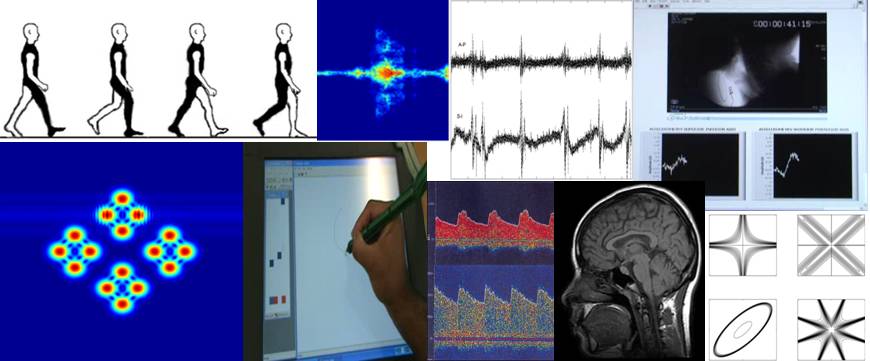The effects of increased fluid viscosity on swallowing sounds in healthy adults
October 10, 2013
Cervical auscultation (CA) is an emerging method of assessing swallowing disorders that is both non-invasive and inexpensive. This technique utilizes microphones to detect acoustic sounds produced by swallowing activity and characterize its behavior. Though some properties of swallowing sounds are known, there is still a need for a complete understanding of the baseline characteristics of cervical auscultation signals as well as how they change due to the patient's head motion, age, and sex. In order to examine these parameters, data was collected from 56 healthy adult participants that performed six different head movement tasks without swallowing. After preprocessing the signal, features were extracted. Dependent variables were time domain, frequency domain and time-frequency domain features. Statistical tests showed that only the skewness and peak frequency were not statistically different for all tasks. The peak frequency results indicate that head movement does not significantly affect the microphone signal, and that it is unnecessary to filter out the lowest frequency components. No sex differences were observed on the extracted features, but several features exhibited age dependence.
This material is presented to ensure timely dissemination of scholarly and technical work. Copyright and all rights therein are retained by authors or by other copyright holders. All persons copying this information are expected to adhere to the terms and constraints invoked by each author’s copyright. In most cases, these works may not be reposted without the explicit permission of the copyright holder.



